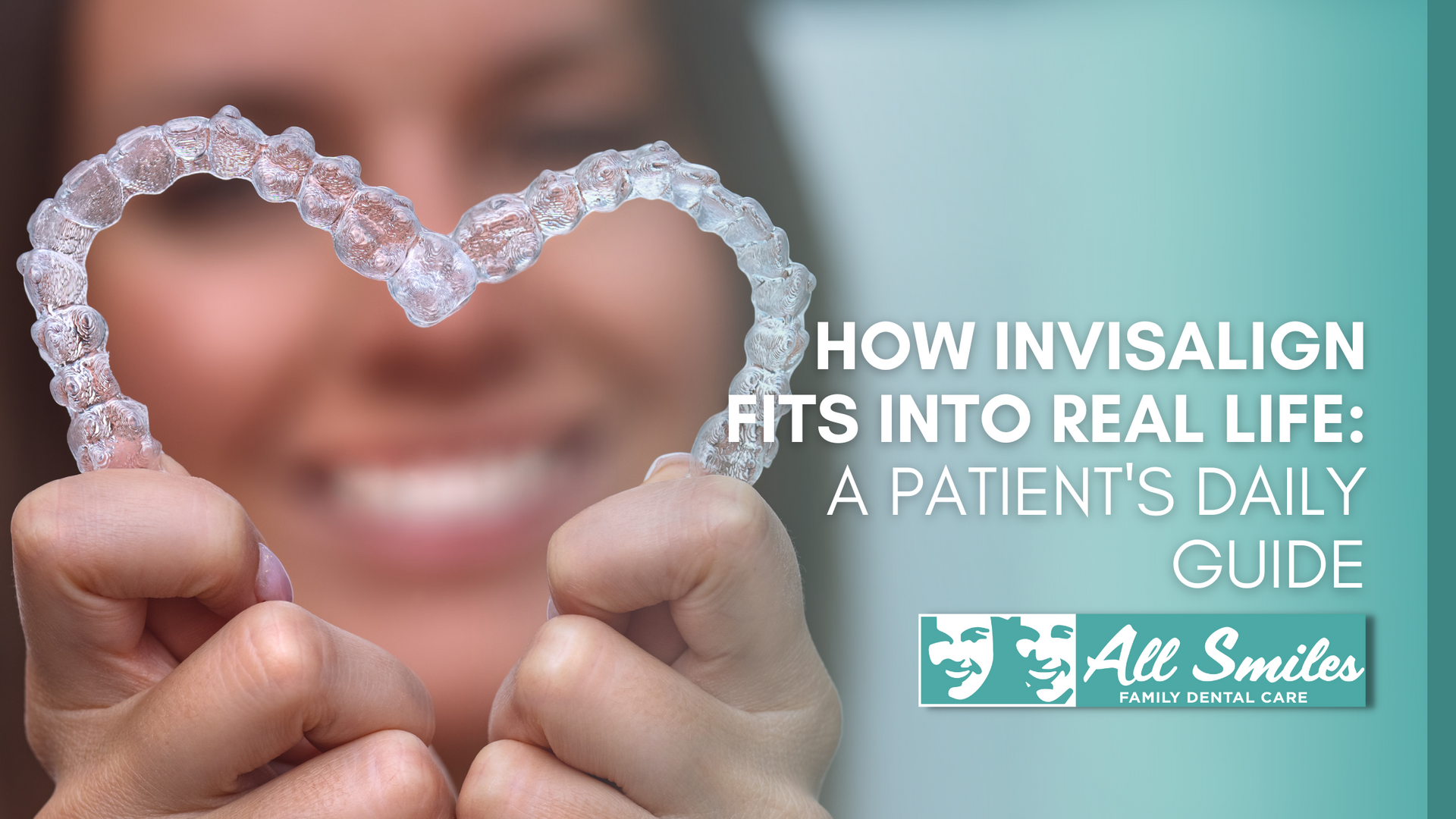What to Expect Before, During and After Your Dental Implant Procedure
Whether you’re simply doing research or your dentist has recommended dental implants as a potential solution to your missing or failing teeth, diminished confidence in your smile or any of the other various reasons for getting dental implants. It’s helpful to know what to expect before, during and after this outpatient surgical procedure.
How to prepare for a dental implant procedure?
Because dental implants involve surgery, you will need to undergo an in-depth dental evaluation to make certain you’re a good candidate for this procedure.
Once dental X-rays have been taken, impressions have been made of your teeth and mouth and you’ve been given the OK by your dentist, theywill start developing a treatment plan tailored to your unique situation.
During a Dental Implant Procedure
Dental implant procedures vary slightly from person to person, but typically involve the following steps:
- The dental surgeon removes the damaged tooth/teeth (if necessary).
- Your jawbone is prepped for surgery, a process that may or may not involve bone grafting.
- Once your jawbone fully heals, the dental surgeon places the implant’s metal post into your jawbone.
- You are then given time to fully heal and allow the process of Osseointegration to take place.
This is a process in which the jawbone grows/unites with the dental implant’s surface, which can take up to six months. This is an essential step in the dental implant procedure because it provides a stable foundation on which your new artificial tooth can anchor (similar to the way roots of our natural teeth work).
- You are then given time to fully heal and allow the process of Osseointegration to take place.
- Once Osseo integration is finished, the dental surgeon will place the abutment, the piece that will eventually serve as an attachment site for the crown down the road. This minor procedure is usually performed under local anesthesia, and typically involves the following steps:
- Your gum is reopened to expose the implant.
- The dental surgeon attaches the abutment to the implant.
- The surgeon then closes the gum tissue around, but not directly atop, the abutment.
- Once your soft tissue (i.e. gum) fully heals, a process which usually takes one to two weeks, you’ll need to have additional impressions made of your teeth and jawbone. These molds will help your dentist make the crown(s) to be placed on top of your abutment, providing you with a complete, natural-looking artificial tooth.
- You can choose between artificial teeth that are fixed, removable or a unique combination of both options. Your implant specialist will walk you through the pros and cons of each type and help you determine which option will best fit your lifestyle and preferences.
The process as a whole involves multiple dental visits and can take several months to complete, primarily due to the fact that much of the time is dedicated to letting the jaw bone and implant graft together.
After a Dental Implant Procedure
During the healing period following each phase of the implant procedure, it is recommended that you eat soft foods to help ensure your surgical site(s) heal as quickly and smoothly as possible. Some patients are able to return to work or work from home as soon as the day after the procedure, but it’s recommended that you take a day or two off work to give your body the time it needs to relax and heal.
Potential Complications
Major post-op issues are uncommon with dental implant procedures, but some of the common discomforts associated with implants or any other type of dental surgery include:
- Minor bleeding
- Pain at surgical (implant) site
- Swelling in the gums and/or face
- Bruising of the gums and/or skin
Additionally, as with any surgical procedure, potential complications do exist, including:
- Infection
- Bone loss around the implant
- Unsuccessful integration of the implant to the bone
- Your body may reject the implant
Your dental team will provide you with detailed instructions for caring for your new dental implant(s), including tips for optimal oral hygiene, nutrition and how often you should return for routine check-ups. From time to time, you may need to have your implant(s) replaced or retightened due to normal wear and tear.
Dental Implants in Lake Jackson, TX
If you have any questions about the cost or steps involved in the dental implant procedures performed here at All Smiles , we encourage you to contact us today to schedule a consultation with our friendly, experienced dental experts. We’ll take as much time as necessary to fully understand your unique dental concerns and goals, answer any questions you may have and walk you through all your options.
The post What to Expect Before, During and After Your Dental Implant Procedure first appeared on All Smiles Dentistry.



